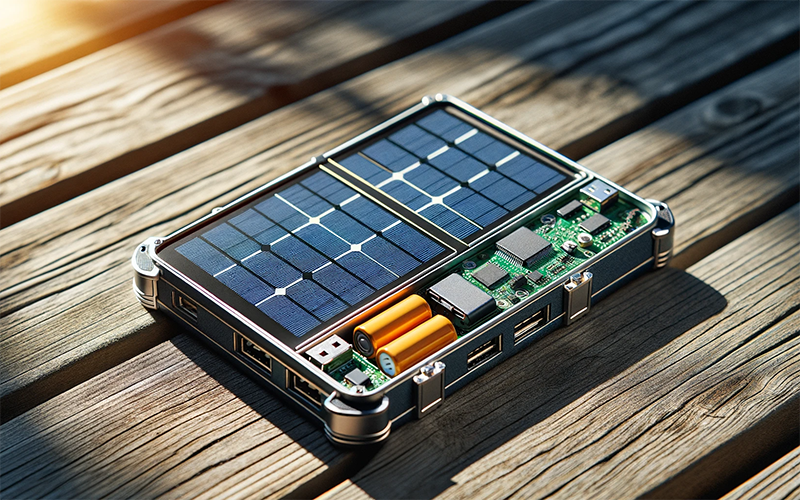Engineering is not just about theoretical knowledge; it’s about applying that knowledge to solve real-world problems. For budding engineers, hands-on experience can be invaluable, bridging the gap between theory and practice.
In celebration of National Engineering Day, we present a selection of DIY engineering projects tailored for students. These projects not only enhance understanding but also instil a sense of innovation and creativity.
-
Simple circuit design
Objective: Understand the basics of electrical circuits.
Materials: Battery, wires, LED lights, resistors, breadboard.
Procedure: Using the breadboard, design a circuit that lights up the LED. Introduce a resistor to see its effect on the LED’s brightness.
-
Solar-powered phone charger
Objective: Harness solar energy for practical use.
Materials: Solar panels, USB charging circuit, batteries, casing.
Procedure: Connect the solar panels to the charging circuit and batteries. Place the assembly in a casing. Expose to sunlight and use it to charge a phone.
-
Mini wind turbine
Objective: Understand wind energy conversion.
Materials: Small motor, LED, plastic, or cardboard for blades, stand.
Procedure: Design blades and attach them to the motor. When wind (or air from a fan) turns the blades, the motor generates electricity, lighting up the LED.
-
Water filtration system
Objective: Grasp the principles of water purification.
Materials: Plastic bottle, sand, gravel, activated charcoal, cotton.
Procedure: Cut the bottom of the bottle. Layer the materials: cotton at the bottom, followed by charcoal, sand, and gravel. Pour dirty water and observe the filtration process.
-
Acoustic amplifier
Objective: Dive into the science of acoustics.
Materials: Cardboard or wood, design tools.
Procedure: Design an amplifier shape that can hold a smartphone. Play music and observe how the shape amplifies sound without electricity.
These projects provide a glimpse into the vast world of engineering. While seemingly simple, they introduce students to essential concepts, from energy conversion to purification processes. Moreover, these DIY tasks encourage students to think outside the box, fostering a spirit of curiosity and exploration.
It’s worth noting that safety should always be paramount. While experimenting, ensure a safe environment, and if a project involves electricity or potentially hazardous materials, adult supervision is advised.




